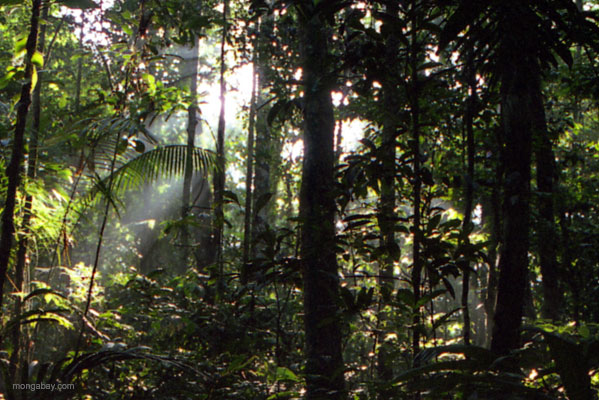



A very interesting aspect of ants arrange their environment, is their process of finding and maintaining the shortest route between a source of food and the anthill.
Ants wander randomly while foraging for food and upon finding a source, they return to the anthill so as to transport the food back. They lay pheromones along their path so that others may come across and recognize it. If other ants find such a trail, they abandon their wandering and follow it, thus reinforcing the path with pheromones of their own.
A process of positive feedback occurs to strengthen the shortest path. Pheromones evaporate over time, thus making longer paths weaker – the longer it takes the ant to travel a path, the more time the pheromones have to evaporate. The shorter paths are also reinforced because of the number of times the ant can travel over it in a shorter span of time, thus attracting other ants to a stronger scent of pheromones.






























